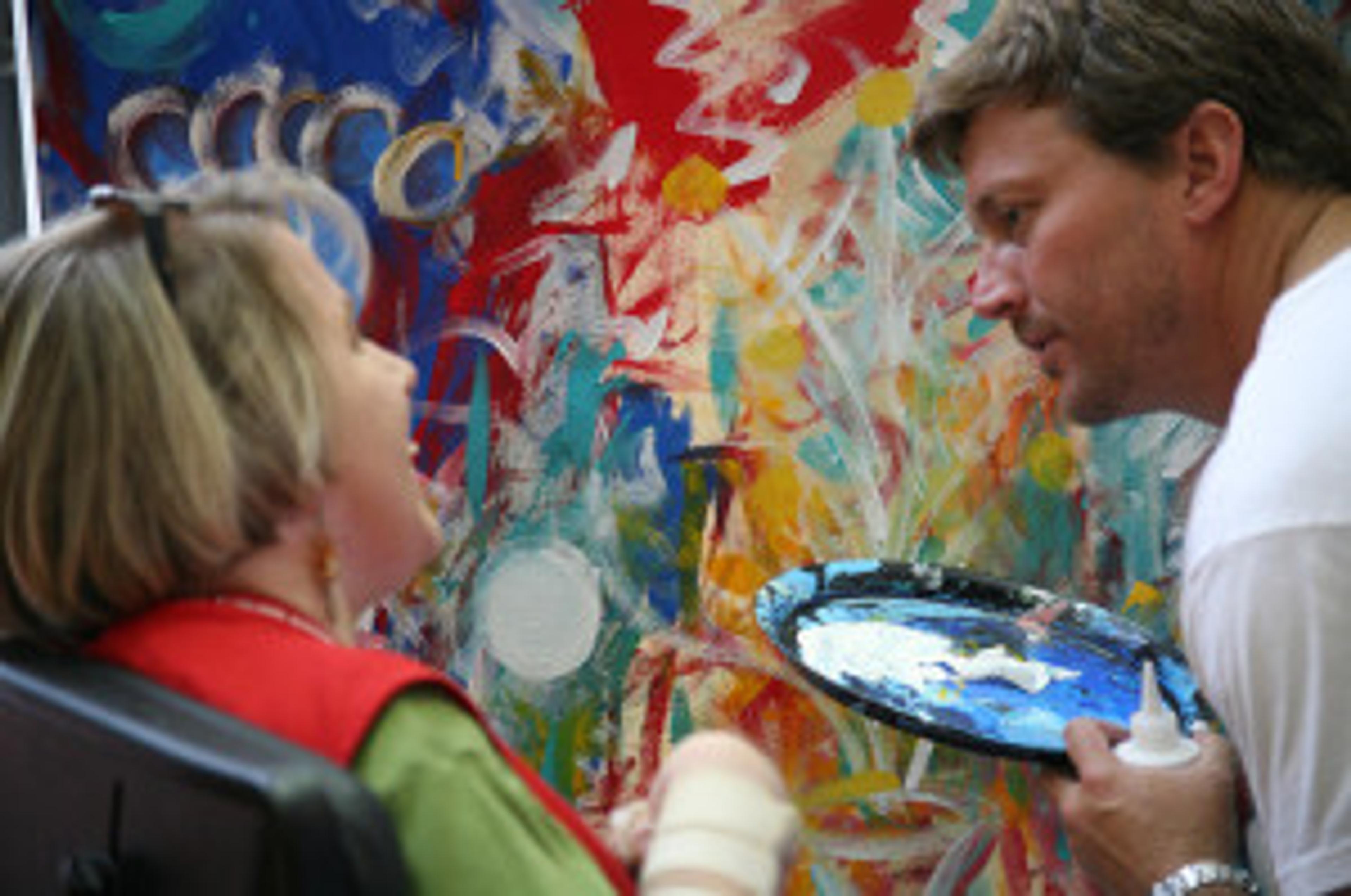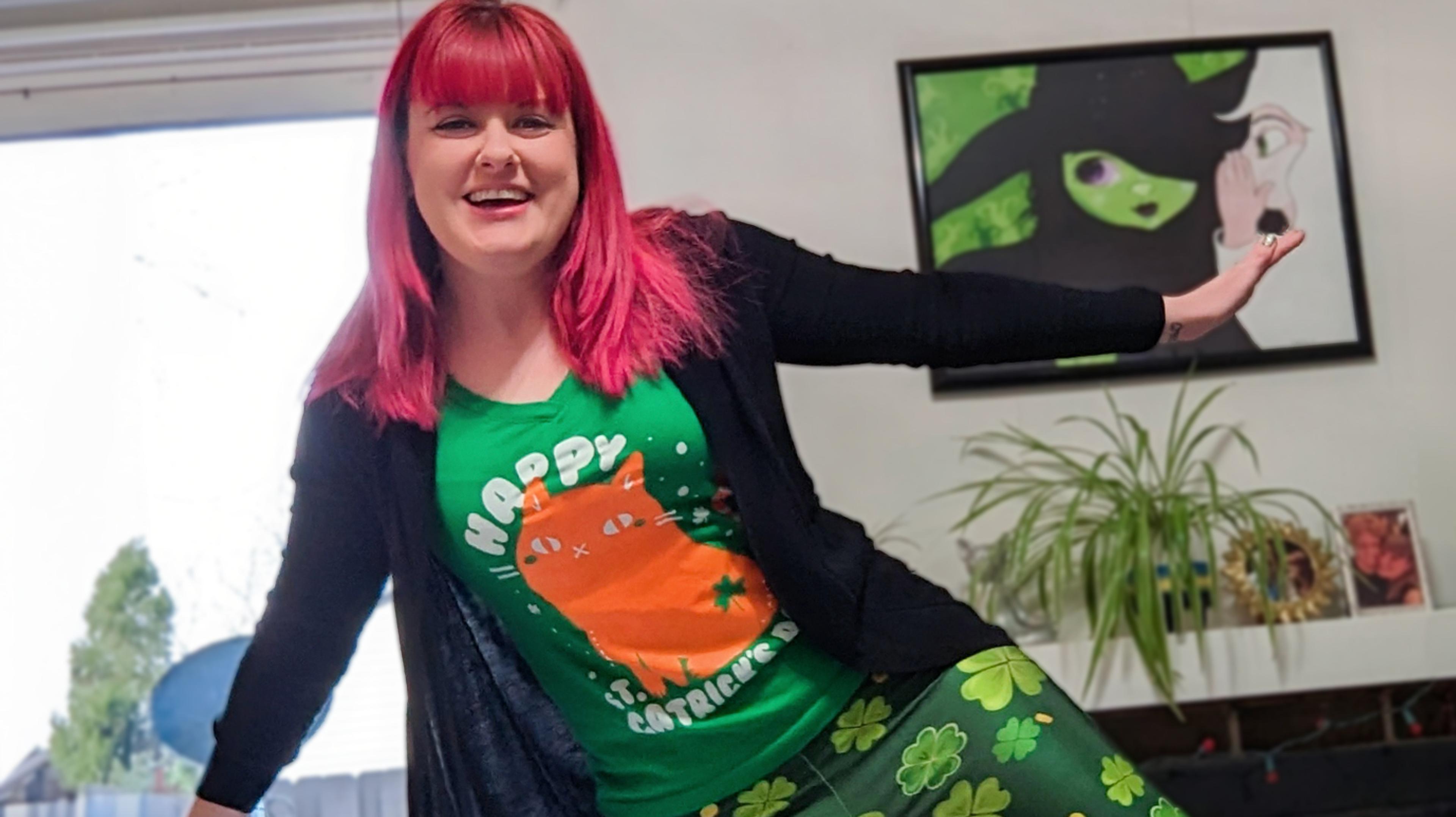Benefits of art on mental health

Kristin Coppens
| 2 min read

The arts community is alive and well in Grand Rapids, shown prevalently by ArtPrize. In just over a month, the largest public art prize will swarm West Michigan, incorporating all avenues of artistry and artistic community.
To celebrate the health effects of art and encourage people to get walking, Blue Cross Blue Shield of Michigan and Wolverine Worldwide will be bringing the Art Walk back for another year. Art Walk takes place on September 21st this year (the first Saturday of ArtPrize) and will include options for a self-guided walk, guided walk, and a couple different routes across the city. The walk allows the opportunity to experience a number of ArtPrize pieces, while incorporating physical activity and community enrichment.
ArtPrize boasts events like Art Walk, but there is more to the connection between art and health than just walking. Experiencing and creating art on a base level can have a positive impact on a person’s mental health as well. Creative expression itself is uplifting. Art therapy has been used for over 100 years as an integral part of many health care practices. Art in its entirety contributes to a physiological well being for people whether they have a mental disorder or not.
Martin Seligman, who is considered to be the “father of positive psychology,” coined five different elements of psychological well being in his book, “Flourish.” The five elements include: positive emotion, engagement, accomplishment, positive relationships, and meaning. Art, in any form, can provide all five of these elements for a person.
Martin Seligman, who is considered to be the “father of positive psychology,” coined five different elements of psychological well being in his book, “Flourish.” The five elements include: positive emotion, engagement, accomplishment, positive relationships, and meaning. Art, in any form, can provide all five of these elements for a person.
For a person with a mental disorder, art can help provide a voice to express different scopes of their internal self that are usually left in silence. In other words, through art therapy, individuals can shape their own identity in a society not yet 100% welcoming of mental illness. Most individuals with mental illness desperately need an outlet and art therapy encourages patients to first visualize and then create, which, allows for thoughts and emotions not capable of expression to come to surface. As a result, art therapies for patients with mental disorders have been used as a diagnostic tool to identify specific types of mental illness in those otherwise non-responsive.
For example, in Michigan, the statewide organization, Michigan Association of Art Therapy (a chapter of the American Art Therapy Association), works with universities, researchers, medical professionals, and beyond to bring such benefits to patients in Michigan. Additionally, the organization provides education and promotes public awareness.
As author Eileen Miller explains: “Art can permeate the very deepest part of us, where no words exist.”
How has art helped someone you know?
Photo credit: Ranken Jordan





